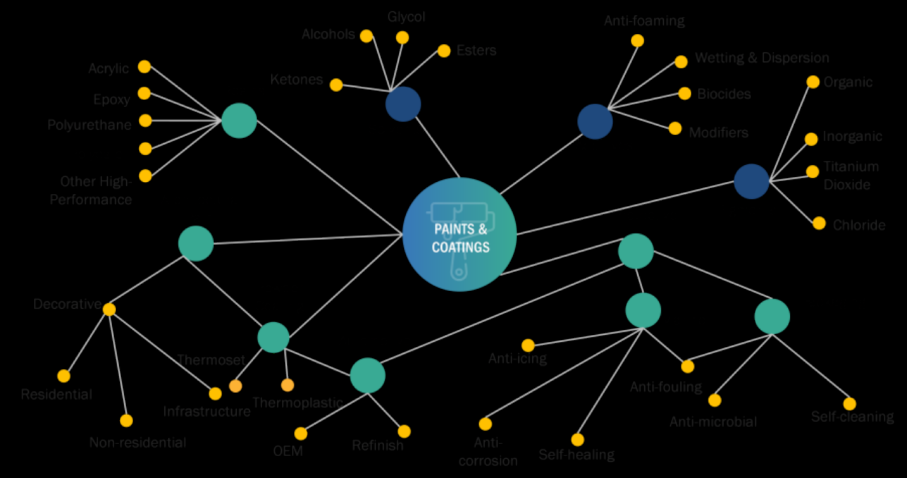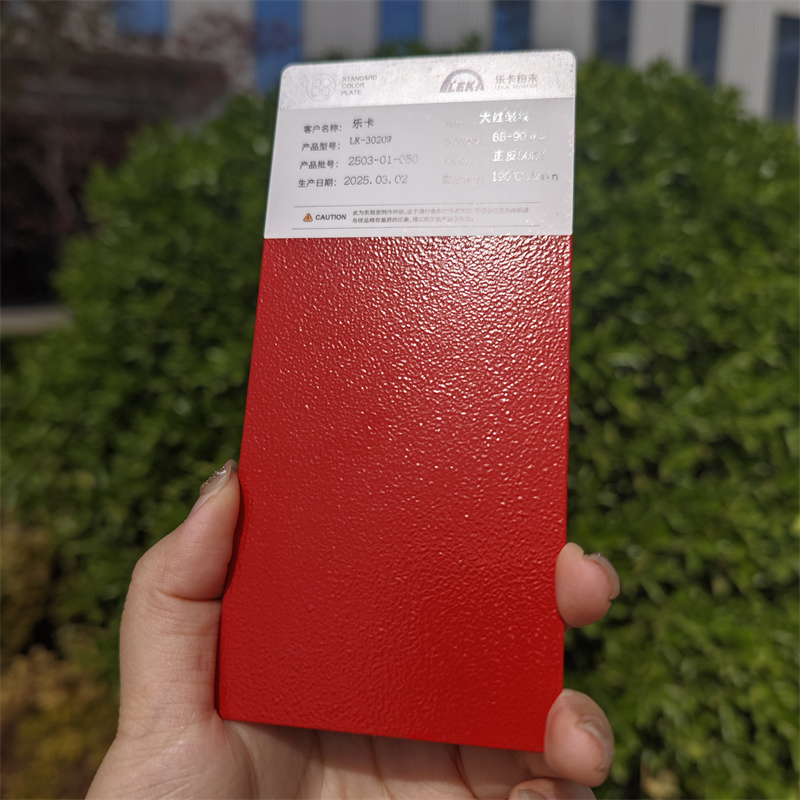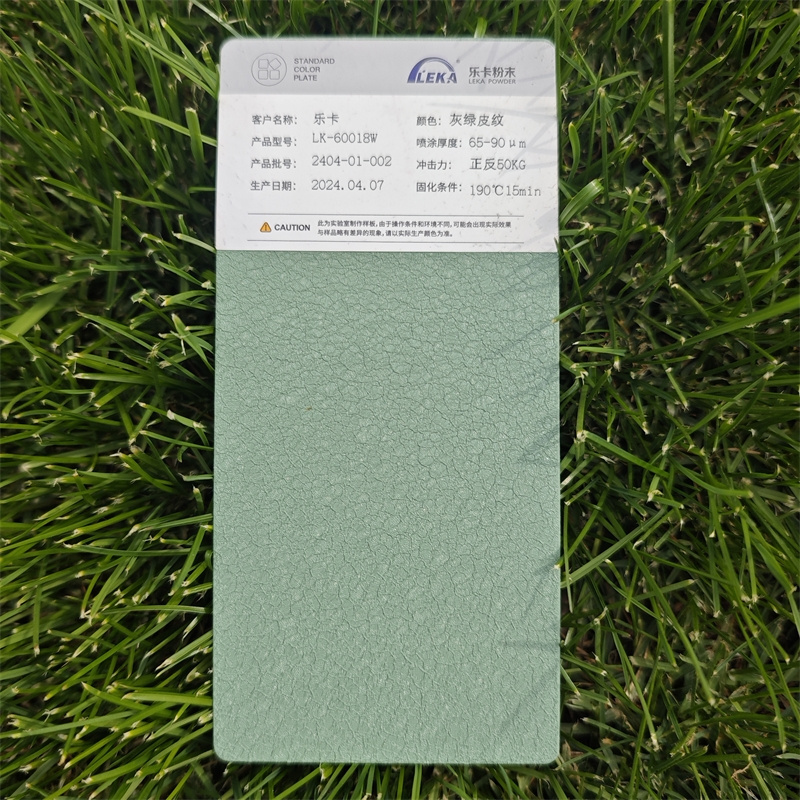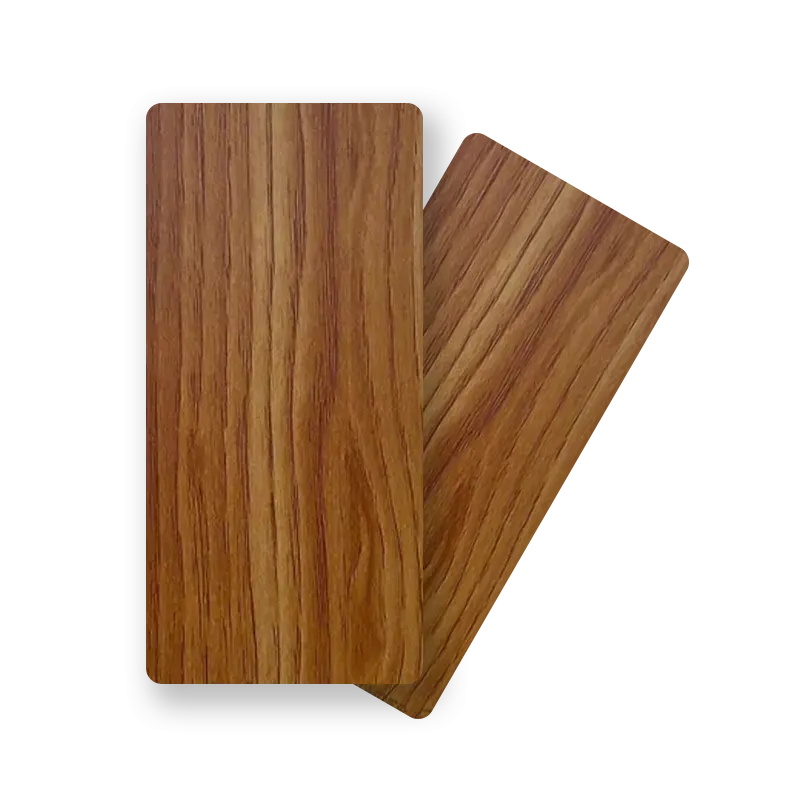Powder Coating Development: Powder coatings have become a popular finishing technology for a wide range of products, from industrial machinery to consumer goods. Powder coatings have experienced significant growth in recent years due to their durable surface finish, environmental benefits, and versatility.
The global powder coatings market generated $14.7 billion in 2022, and analysts project it to reach $19.9 billion by 2028, reflecting a 5.2 % compound annual growth rate throughout the forecast period. Economic growth, expansion of end-use industries, infrastructure investment, stringent environmental regulations, and rising purchasing power in developing countries are driving the powder coatings market.
Industry forecasts expect powder coatings to gain market share and post a high compound annual growth rate in the coming years; abundant raw-material availability, particularly across Asia-Pacific, will fuel this expansion.
The North American and European markets are also projected to grow steadily due to increasing environmental regulations and consumer preference for eco-friendly products. However, political and economic conditions in Western Europe and the United States, as well as technical factors such as the difficulty of applying thin coatings, are limiting market growth. High energy consumption during the powder coating application process is also expected to inhibit market growth.

- 1. Powder coatings are gaining acceptance
Powder coatings offer several advantages over other coatings, such as waterborne, high-solids, and solventborne coatings. Some of the characteristics of powder coatings compared to other coatings include: · Powder coatings are more durable and resistant to corrosion, abrasion, impact, weathering, and chemicals. · Powder coatings are environmentally friendly, containing very low to no volatile organic compounds (VOCs) or hazardous air pollutants (HAPs) that can harm human health and the environment. · Powder coatings are more cost-effective than other coatings due to their higher transfer efficiency, lower material waste, and lower energy consumption. · Powder coatings are available in a variety of colors, textures, gloss levels, and special effects to enhance the aesthetics and functionality of coated products.
- 2. Factors affecting market demand
The rapid expansion of the powder coatings market can be attributed to advancements in materials, formulations, and application processes. The development of innovative solutions, coupled with improvements in equipment and application techniques, has fueled this market growth.
Notably, the advantages of powder coatings, including enhanced durability, reduced volatile organic compound (VOC) emissions, and excellent resistance to corrosion, temperature, chemicals, and UV radiation, have led to their widespread adoption.
Global regulatory bodies such as the U.S. Environmental Protection Agency (EPA) and the Registration, Evaluation, Authorization, and Restriction of Chemicals (REACH) have played a crucial role in driving market growth. These agencies have established stringent environmental regulations, creating a favorable environment for the adoption of VOC-free coating technologies such as powder coatings. Despite these regulations, the market continues to thrive due to growing demand from various industries.
In particular, the automotive, construction, appliance, furniture, and electronics industries have been significant contributors to powder coatings market growth. Powder coatings' durability, aesthetic appeal, and environmental friendliness make them a preferred choice in these industries.
Furthermore, growing awareness of sustainable manufacturing practices is further driving demand for environmentally friendly coating solutions. Powder coatings, with their solvent-free composition and minimal waste generation, fully align with these sustainable manufacturing requirements.
As a result, manufacturers are increasingly choosing powder coatings over traditional liquid coatings, driving market growth.
The Asia-Pacific region, particularly developing countries such as China and India, as well as countries such as Turkey, Russia, Brazil, and Saudi Arabia, offers significant growth opportunities for the powder coatings market. These regions experience high demand for coatings in the transportation, construction, and manufacturing sectors.
Furthermore, consumer preference for products with superior durability, aesthetics, and reduced environmental impact is driving the adoption of powder coatings. Furthermore, rising disposable income and demand for customized finishes are further driving the powder coatings market in the consumer goods industry.
- 3. Growing focus on sustainable coating technologies
Operators spray the powder coating as a free-flowing, dry powder. They electrostatically charge it and then cure it with heat so that it flows out and forms a continuous film. The powder is a thermoplastic or thermosetting polymer. Manufacturers typically use powder coating to create a tougher, harder surface than traditional paint provides. They primarily apply it to metal substrates—steel furniture, appliances, aluminum extrusions, hardware, and automotive and bicycle parts.
- 4. Uncovering little-known aspects of powder coatings that could reshape market trends and demand
Manufacturers apply powder coatings using fluidized-bed, electrostatic-spray, or electrostatic-fluidized-bed techniques. They then cure the coatings with heat, UV light, or an electron beam. Each method presents distinct advantages and limitations. These depend on factors such as powder chemistry, coating thickness, cure speed, and environmental considerations.
Furthermore, powder coatings can be formulated with a variety of resins, including epoxies, polyesters, acrylics, and polyurethanes. Each resin offers distinct properties and performance characteristics. Therefore, formulators select the resin type based on the exact requirements and operating conditions of the target application.
- 5. Conclusion
Powder coatings have become a leading finishing technology, enjoying growing market demand and offering significant advantages over alternative coatings.
Economic expansion, infrastructure investment, and stringent environmental regulations are driving the powder coatings market to maintain steady growth. Powder coatings’ durability, environmental friendliness, cost-effectiveness, and aesthetic appeal are driving their growing popularity. Automotive, construction, and other industries are rapidly expanding their use of these coatings.





